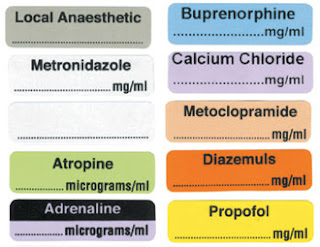For the fourth blog post, I want you to start planning out the the Project 3 Video you're going to make. Create an outine for what you are putting into the video with section headings with notes that explain what you're thinking of putting in each section. Add images or clips to each section if you can.
Try to think about visual literacy concepts we've learned from McCloud. Synaesthetics, tone, Word/Picture compinations, Simplicity/Universal Understanding. What concepts are you going to apply to the video?
Also, what kinds of visuals, transitions, effects, text, and/or music are you thinking about putting in the project?
This is a rough outline, but do your best and put in as much info as you can.
I want to keep my video simple. I want everyone to be able to understand how important color coding is in healthcare. I will most likely use colorful text and simple transition. I am still deciding on what kind of music I would like to use.
Colors and Uniforms- show how different color uniforms mean different professions in healthcare.
Emergency Color Codes- The importance of emergency color codes in the hospital, and what they mean. What they mean for healthcare workers and patients.
Color Coding in a Pediatric Emergency- The difference in colors used and ages of pediatric patients.
Medication and Color Coding - How color coded medication is safer for the patient and important in emergency situations.
Monitors and Equipment- Show how how different color equipment and monitors help make a job easier and more efficient for healthcare workers.
Pain Scales - How color pain scales can help assess pain in any age group.























